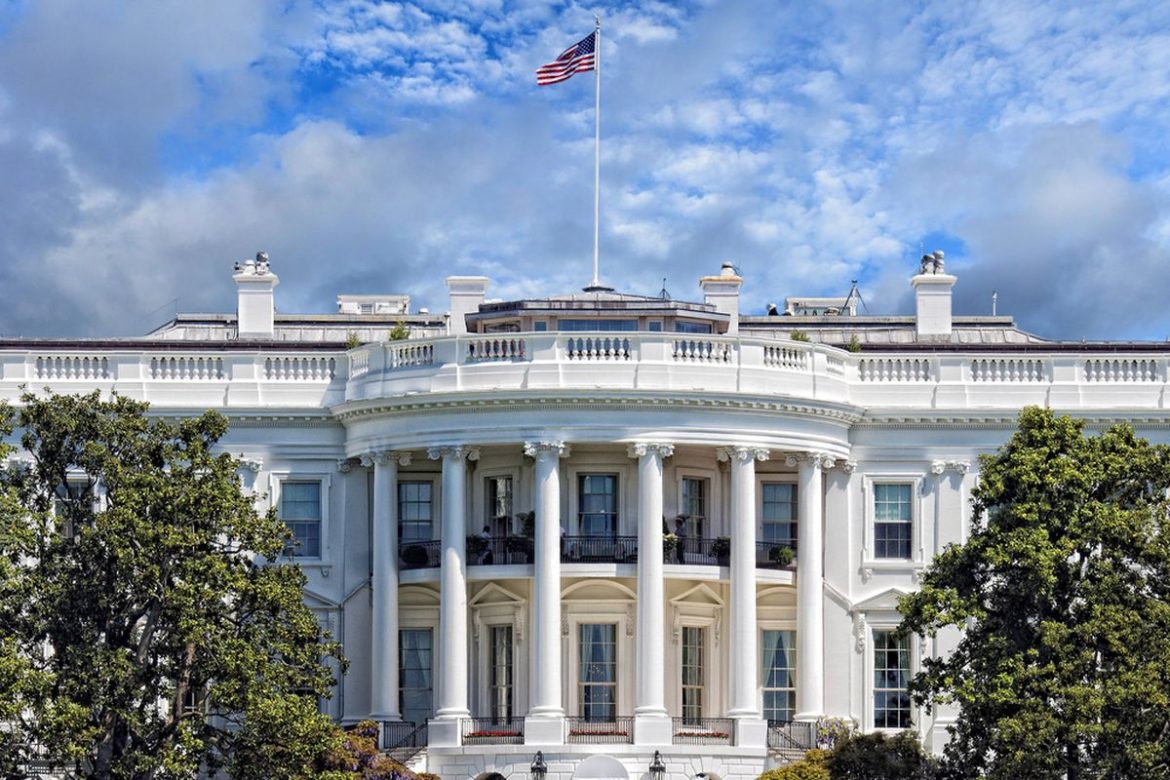The federal employee layoffs announced by the White House have sent shockwaves throughout Washington and across the country. In a dramatic move, the administration has ordered approximately 4,000 federal workers to be dismissed in what officials describe as a sweeping restructuring effort. This sudden purge of government employees immediately raises serious questions about motive, execution, and impact on public services.
The Scope and Rationale
According to internal memos circulated among senior leadership, the decision to terminate 4,000 staffers is part of a broader “right‐sizing” initiative aimed at trimming bureaucracy, improving efficiency, and redirecting budget toward core priorities. The agency heads now face a tight timeline to implement cuts, reallocate duties, and maintain continuity of essential services.
While the White House frames the move as a necessary purge of redundancy, critics argue it reeks of political timing. Many of those terminated occupy roles in policy analysis, regulatory oversight, or program enforcement—functions that often align with the administration’s ideological battles. Some observers suggest the firings may be less about efficiency and more about consolidating power or clearing ideological “obstacles.”
Legal and Procedural Implications
The sudden wave of terminations has triggered immediate legal concern. Federal employees are protected under civil service laws that stipulate due process, appeal rights, and sometimes severance or reassignment opportunities. Labor unions and watchdog groups are already preparing to challenge whether proper procedures were followed—particularly in cases where performance evaluations or formal warnings were lacking.
Additionally, agencies must still adhere to regulations governing the classification of positions, tenure rights, and competitive service requirements. In the scramble to execute mass firings, some departments may inadvertently violate those statutes, exposing themselves to lawsuits or court injunctions.
Impact on Government Functions
When 4,000 positions vanish overnight, the fallout is bound to ripple across multiple layers of government:
- Regulatory enforcement may slow or stall as remaining staff face heavier workloads.
- Project deadlines—especially in infrastructure, environmental oversight, or public health—could be delayed or cancelled.
- Institutional knowledge is lost when seasoned employees are forced out, and their replacements will take time to onboard.
- Morale among remaining workers will suffer, possibly reducing productivity, increasing turnover, or prompting resignations.
- Public perception may tilt negative, with citizens questioning whether this upheaval was in the public’s interest or politically driven.
Even for those positions deemed nonessential, the sudden absence may require survivors to absorb extra tasks, stretching agencies thin during the transition.
Political Ramifications
This purge of 4,000 federal staffers is bound to become a flashpoint in political discourse. Opposition lawmakers have already pledged investigations and hearings. They argue the move undermines civil service independence, weakens checks and balances, and may disproportionately target career officials rather than political appointees.
Meanwhile, allied voices frame the cuts as brave and necessary steps to rein in federal overreach. In the media, the narrative is split: some portray a ruthless clampdown on dissenters, others applaud cost control and trimming of waste.
The timing—coinciding with other controversial policy pushes—fuels speculation that this is part of a broader agenda.
Challenges and Unintended Consequences
As agencies implement the cuts, they will confront myriad challenges:
- Operational gaps — Even tasks seen as redundant often serve as backup or oversight; losing them can expose risks.
- Legal backlash — Lawsuits or injunctions may stall further dismissals or reinstate terminated employees.
- Budget reallocation — Freed funds may not cover transition costs (e.g., severance, unemployment, reorganization).
- Recruitment pressures — Agencies may struggle to attract quality candidates amid uncertainty and perceived instability.
- Public backlash — Constituents reliant on certain services may react strongly if programs degrade or disappear.
What Happens Next?
Over the coming weeks and months, watch for these developments:
- Congressional oversight — Committees will demand documents, memos, and internal communications to determine whether procedures were followed and if firings were ideologically motivated.
- Court challenges — Terminated employees may file suit alleging retaliation, due process violations, or civil service violations.
- Media investigations — Reporters will dig into which departments were hit hardest, whether the cuts aligned with policy goals, and who was spared.
- Policy drift — With reduced staff, rulemaking and enforcement could slow, creating regulatory gaps or enforcement backlogs.
- Public response — Affected communities may vocalize disruption when services weaken or vanish.
The administration must show it can manage this transition without crippling essential functions. If missteps occur, opposition will seize them as proof that the purge was reckless rather than reformist.
Final Thoughts
The federal employee layoffs of 4,000 staff represent one of the most dramatic reorganizations of the government workforce in recent memory. While the White House frames the move as a bold efficiency push, the manner, timing, and targets raise serious questions of legality, governance, and motive. The consequences will unfold in legal battles, service disruptions, political frictions, and institutional upheaval.



